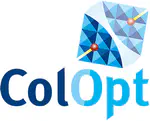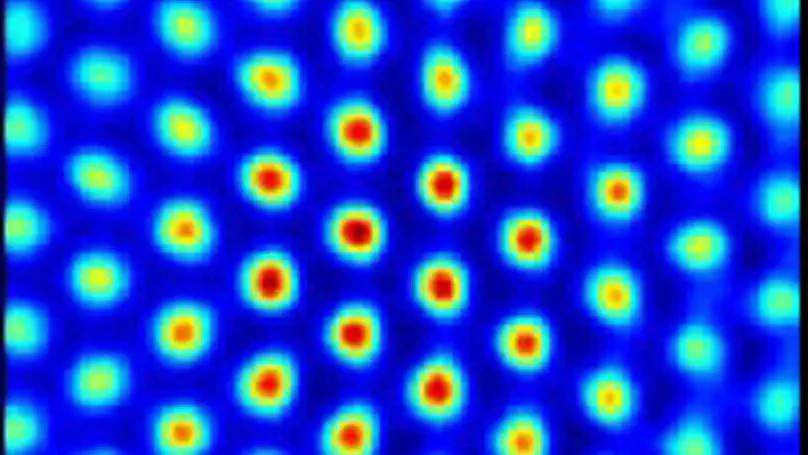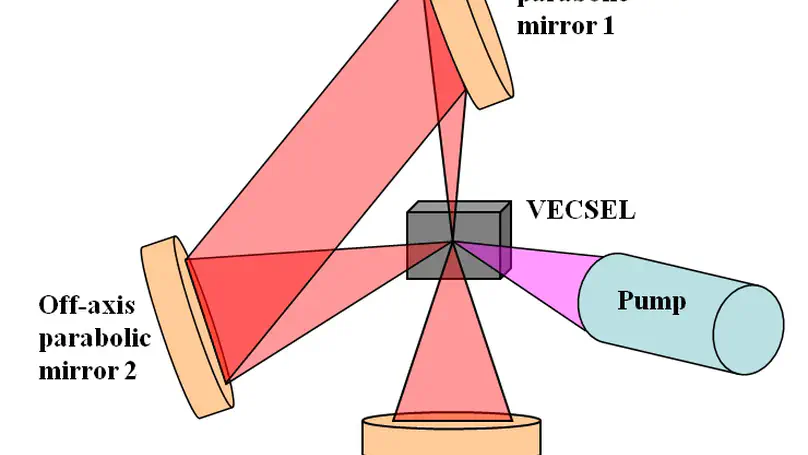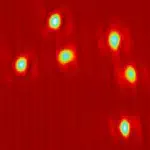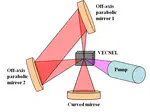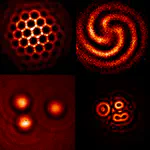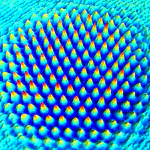Nonlinear Photonics
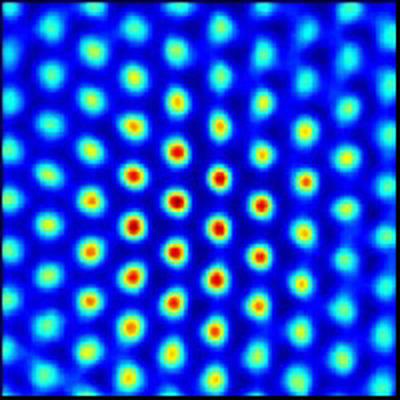
Current projects
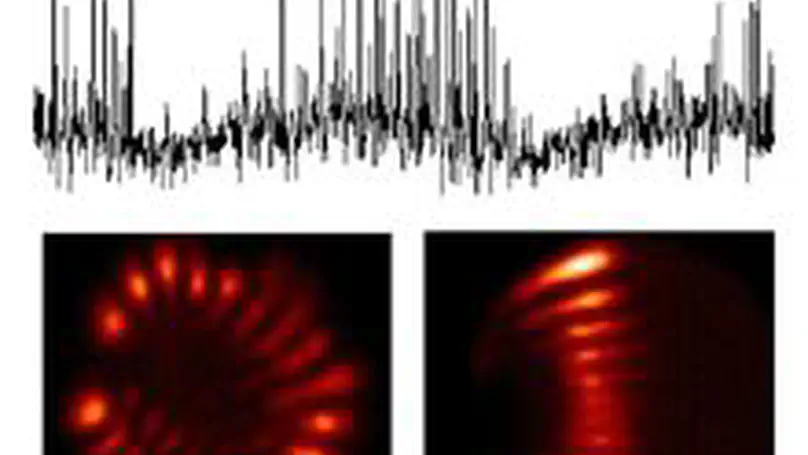
Vertical-cavity surface-emitting lasers (VCSELs) are a rather new type of semiconductor laser diode, in which – in contrast to conventional edge emitters – the direction of the light emission is parallel to the epitaxial growth direction. We study the connection between the carrier spin and the polarization of the emitted light of VCSELs.
Former projects
Latest News
Spontaneously Sliding Multipole Spin Density Waves in Cold Atoms reported in Physical Review Letters
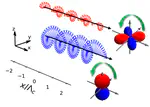
Generating Multiparticle Entangled States by Self-Organization of Driven Ultracold Atoms reported in Physical Review Letters

Invited book chapter “Vector vortex solitons and soliton control in vertical-cavity surface-emitting lasers” in Dissipative Optical Solitons (Springer); preprint on arXiv
Review on self-organization with single-mirror feedback “Self-Organization in Cold Atoms Mediated by Diffractive Coupling” in atoms

Thorsten Ackemann coordinates MSCA-European Training Network ColOpt (Collective Effects and Optomechanics in Ultra-cold Matter)
